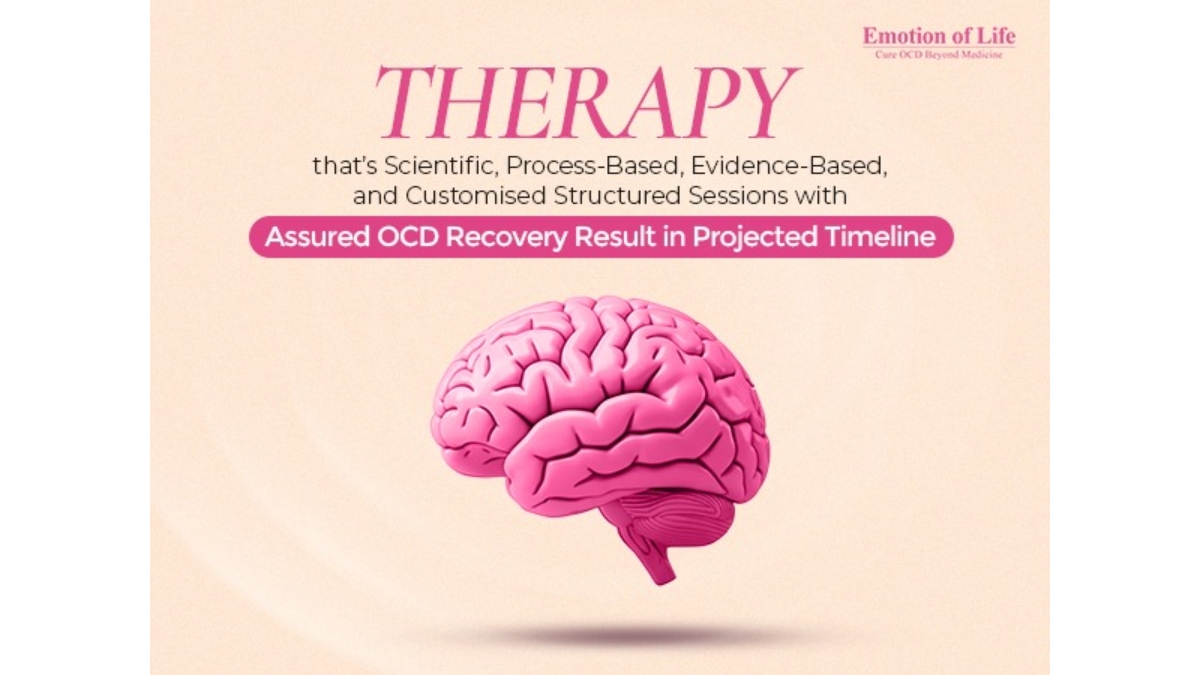
Mumbai (Maharashtra) [India], November 5: Low premiums look pleasing when comparing health insurance plans, yet the price on the screen can hide expenses that appear only when a claim is made. The real cost often sits in the policy wording and in how efficiently claims are paid. This blog will cover an easy way to read the claim settlement ratio, how “cheap” options can cost more at claim time, and a checklist for sensible comparison.
What Claim Settlement Ratio Really Tells You
The claim settlement ratio shows the share of claims an insurer settles against those it receives within a period. It signals how consistently claims are honoured, yet it is not a complete quality score.
The metric can be calculated on the number of claims rather than claim amounts, which means many small approvals may mask a stricter stance on larger hospital bills. Check whether claims are processed internally or through a third-party administrator, since that changes the paperwork.
Why a High Ratio May Still Hide Risk?
A plan can post a strong settlement record while still costing more at the bedside. Common friction points include:
- Co-payment clauses that make the policyholder share a fixed percentage of every bill.
- Room rent caps that trigger proportionate deductions on all treatment charges if the selected room exceeds the limit.
- Disease sub-limits that restrict payouts for specific procedures like knee replacement or cataract.
- Network reach is thin in your city, leading to cashless denials and later reimbursement hassles.
- Documentation rules that demand multiple originals, strict timelines and repeated queries.
Each of these can push a “low premium” plan above the cost of a slightly pricier but cleaner alternative.
Reading Ratios Like an Analyst
Use this simple lens to interpret settlement data without spreadsheets:
- A three-year view helps spot stability. A steady line is often safer than a single spike.
- Count versus amount matters. If disclosed, settlement by value gives a clearer sense for large claims.
- Repudiation reasons reveal patterns. Frequent rejections for “non-disclosure” or “waiting period” hint at tricky wording.
- Turnaround time affects real-life stress. Faster pre-authorisation and discharge approvals reduce out-of-pocket payments.
None of these proves a plan is perfect, yet together they reduce surprises.
Hidden Costs That Make Cheap Plans Expensive
Pricing is only one part of the total cost. The following features often sit quietly in brochures and emerge during admission:
- Waiting periods for specific illnesses and for pre-existing conditions delay cover for the problems most likely to occur.
- Deductibles that require you to pay the first slice of any claim before the policy responds.
- Restoration conditions that refill the sum insured but exclude the same illness in the same year.
- Pre and post-hospitalisation caps that shorten the covered window for tests and follow-ups.
A plan that looks inexpensive can become a patchwork of limits that reduce value at the very moment of need.
Family Cover Needs Extra Scrutiny
Floater policies spread one sum insured across multiple members. This is efficient for young families with low utilisation, yet it can strain during back-to-back hospitalisations. Check whether the plan allows multiple claims in the same year without complicated restoration rules.
When selecting health insurance for a family, test whether the network includes paediatric and maternity specialists in your city.
Picking Health Insurance Plans For Family
Families with parents and children have different health needs, so flexibility is key. If waiting periods and co-payments vary sharply by age, consider separate covers for adults and seniors. Some family floaters look affordable but impose heavy sub-limits on older members.
Balance the floater with a top-up that has a sensible deductible, let the base plan handle routine costs, and the top-up covers rare, high bills.
Price Versus Value: A Simple Comparison Framework
Apply this framework to avoid being swayed by a single metric or a teaser premium:
- Define the sum insured based on your city’s private hospital tariffs and your family size.
- Review sub limits on standard procedures and consumables. Choose broader coverage where possible.
- Model premiums over five years rather than one. Use a health insurance premium calculator to see how add-ons, age bands and sum insured changes affect cost.
- Prioritise service indicators such as pre-authorisation time and grievance resolution, along with settlement ratio.
What “Best” Really Means
There is no universal best health insurance. The right choice aligns with hospital preferences, family age mix, current illnesses and budget tolerance. A balanced plan with precise wording, adequate room entitlement and predictable claims handling tends to reduce long-term cost even if the first year’s premium is slightly higher.
Quick Checklist Before You Decide
Checklist to follow:
- Co-payments, deductibles and disease sub-limits reviewed.
- Waiting periods are understood for pre-existing conditions and maternity.
- Cashless network mapped to your neighbourhood and preferred specialists.
- Day care scope, modern treatment cover and consumables clarity confirmed.
Final Thoughts
The quoted premium is only the label; the actual value is demonstrated at discharge. Assess claim settlement ratios in context, analyse fine print that causes leakages, and compare plans by total cost of care, not the first extract. A precise, criteria-led evaluation protects savings and ensures the cover your family needs when it counts.



